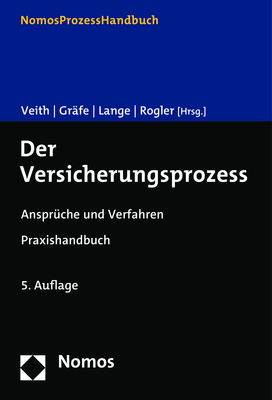
Handbook of Applied Risk Measurement
Seiten
2016
John Wiley & Sons Ltd (Verlag)
978-0-470-66542-8 (ISBN)
John Wiley & Sons Ltd (Verlag)
978-0-470-66542-8 (ISBN)
A comprehensive, on-stop guide to risk measurement tools and techniques The Handbook of Risk Measurement is a one-stop guide to the measurement of key financial risks in firms. It schools readers in basic risk measurement concepts and techniques while showing them how to apply them.
A comprehensive, on-stop guide to risk measurement tools and techniques The Handbook of Risk Measurement is a one-stop guide to the measurement of key financial risks in firms. It schools readers in basic risk measurement concepts and techniques while showing them how to apply them. It begins with an in-depth look at one of the most important components of risk measurement-data sources. It then takes readers though every stage of the risk measurement process, describing the range of tools that can be applied at each stage. The book goes on to examine risk processes, risk models, linear and non-linear correlation, and stress testing, and it provides numerous validation and approximation techniques. Throughout, the author points out the strengths and weaknesses of the risk models and processes described as well as important factors to consider when using them to perform risk measurements.
* Provides detailed coverage of risk modeling for each risk group: market, credit, operational, liquidity, and insurance risk * Features case studies on real-world transactions and risk failures, illustrating the vital importance of correctly choosing and implementing risk models * Explores important lessons learned from the financial crises and the future direction of the financial industry
A comprehensive, on-stop guide to risk measurement tools and techniques The Handbook of Risk Measurement is a one-stop guide to the measurement of key financial risks in firms. It schools readers in basic risk measurement concepts and techniques while showing them how to apply them. It begins with an in-depth look at one of the most important components of risk measurement-data sources. It then takes readers though every stage of the risk measurement process, describing the range of tools that can be applied at each stage. The book goes on to examine risk processes, risk models, linear and non-linear correlation, and stress testing, and it provides numerous validation and approximation techniques. Throughout, the author points out the strengths and weaknesses of the risk models and processes described as well as important factors to consider when using them to perform risk measurements.
* Provides detailed coverage of risk modeling for each risk group: market, credit, operational, liquidity, and insurance risk * Features case studies on real-world transactions and risk failures, illustrating the vital importance of correctly choosing and implementing risk models * Explores important lessons learned from the financial crises and the future direction of the financial industry
| Erscheint lt. Verlag | 29.12.2016 |
|---|---|
| Reihe/Serie | Wiley Finance Series |
| Verlagsort | Chichester |
| Sprache | englisch |
| Maße | 189 x 246 mm |
| Themenwelt | Betriebswirtschaft / Management ► Spezielle Betriebswirtschaftslehre ► Versicherungsbetriebslehre |
| ISBN-10 | 0-470-66542-4 / 0470665424 |
| ISBN-13 | 978-0-470-66542-8 / 9780470665428 |
| Zustand | Neuware |
| Haben Sie eine Frage zum Produkt? |
Mehr entdecken
aus dem Bereich
aus dem Bereich
Bedarfsanalyse, Vertrags-Check, Testsieger für jede Situation, …
Buch | Softcover (2024)
Stiftung Warentest (Verlag)
15,00 €


